Olympus SZ-20 Review
Olympus SZ-20
This budget super zoom compact packs in loads of features making for a potentially great holiday snapper.
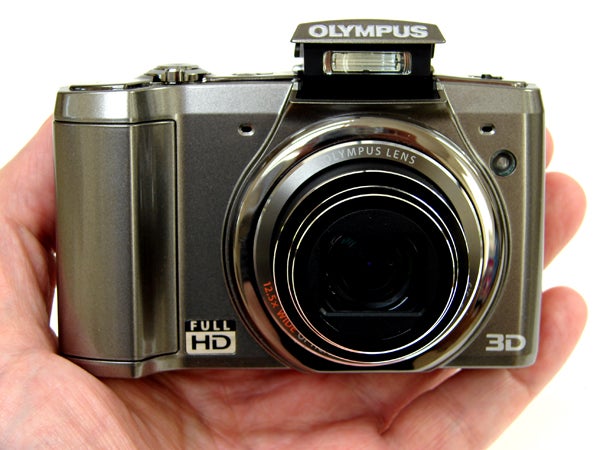
Verdict
Pros
- Extensive zoom range
- Loads of features
- Cheaper than most super zooms
- Has 3D shooting mode
Cons
- General soft images
- Unreliable metering and focussing
Key Specifications
- Review Price: £205.00
- 12.5x optical zoom
- 16.1 megapixel sensor
- 3D shooting mode
- Full HD video
One of a pair of new Olympus travel zoom cameras, the 12.5x optical zoom, 16 megapixel SZ-20 is the more affordable and comparably modest sibling to the whopping 24x zoom SZ-30. The ‘SZ’ of course stands for ‘super zoom’. This whole sector has experienced massive growth in recent years and as such there is stiff competition from the likes of the Canon Power-shot SX220 HS and SX230 HS, the Lumix DMC-TZ20 from Panasonic – the company which has arguably pioneered this class of camera – plus the Fujifilm FinePix F550EXR, Sony Cyber-shot HX9, Nikon Coolpix S9100, Samsung WB650 and Casio EX-H30… So what has Olympus come up with for the SZ-20 to help it stand apart from the pack?
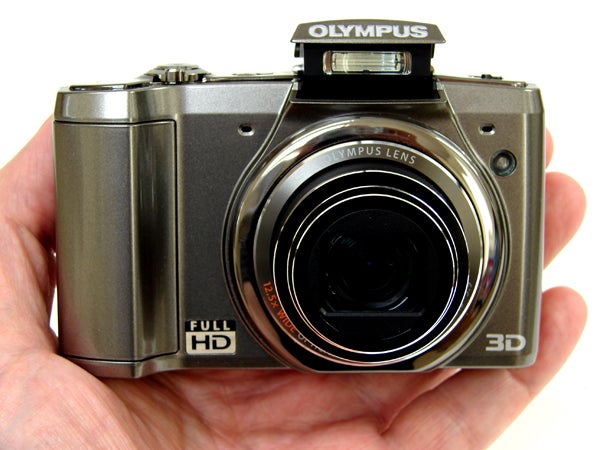
Well, unusually for a pocket compact these days, Olympus has seen fit to feature something approaching a proper grip to the edge of the SZ-20. Most of the SZ-20’s rivals haven’t bothered with this aid to steadier shots, preferring slimmer bodies instead, but it has to be said that any additional support is welcome when shooting towards the telephoto end of the zoom.
The broad focal range on the Olympus SZ-20 is equivalent to an ultra wide 24mm to 300mm in 35mm terms, so just a little more modest than the Nikon S9100, Canon SX220 HS and Panasonic TZ20. But then the Olympus is around £30 cheaper than the current most affordable of these three, the SX20 HS, if going by the best street price we could find at the time of writing.
As well as ensuring a comfortable hold Olympus has made a stab at future proofing its model by including a 3D shooting mode, being the first stills camera manufacturer outside of those that also produce compatible TVs (Sony, Panasonic), and Fujifilm’s standalone true 3D model in the FinePix W3, to do so. Unlike the Fuji, the Olympus features neither two lenses nor two sensors with which to produce its single stereoscopic image. Instead it merely takes two separate images and combines them. A ghostly version of the first image taken remains on the screen whilst the user lines up the second shot. The camera then automatically fires its shutter when it deems the images sufficiently in sync – so in this respect Olympus keeps things simple.
This process generates an MPO image file that is only viewable on a 3D TV, though a low res 2D JPEG, which can be viewed on the back screen as normal, is also produced alongside for reference. It’s a fun extra and another selling point, as is a Smart Panorama mode, similar to Sony’s Sweep Panorama. The camera automatically generates an elongated image as the user sweeps the camera through an arc, though the result looks distinctly low resolution, so you probably won’t want to hang it on the wall.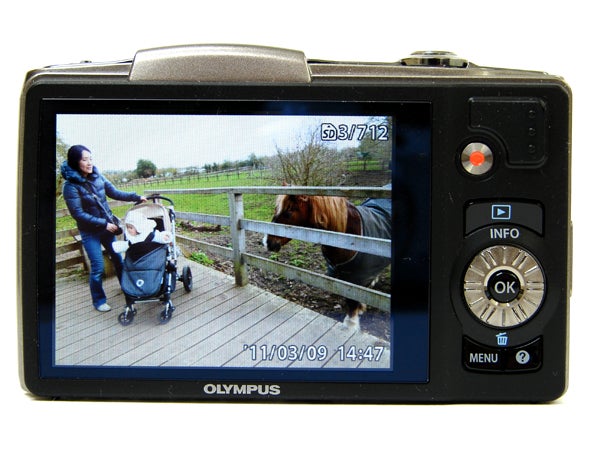
As with competitors the SZ-20 further offers Full HD video capture, with a red record button provided where the thumb naturally lands top right of the backplate. HDMI connectivity is also present courtesy of a port sitting under a side flap, along with a combined USB/AV output. For its asking price then the SZ-20 would seem to have most boxes ticked, with the exception of cost boosting built-in GPS, for anyone looking for a comprehensively featured travel zoom.
But does the whole of the SZ-20 add up to more than the sum of its disparate parts? Read on to find out…
We had the glossily metallic champagne/silver version of the SZ-20 in for review that, while it looks reasonably stylish when sat on your desk, immediately feels slightly creaky and plastic-y when you pick it up – an inevitable trade off for the lower price.
Photos and video are composed via a large-ish 4:3 aspect ratio LCD screen, here boasting an impressive 460k dot resolution which is adequate for the task but still makes it hard to convincingly check critical focus.
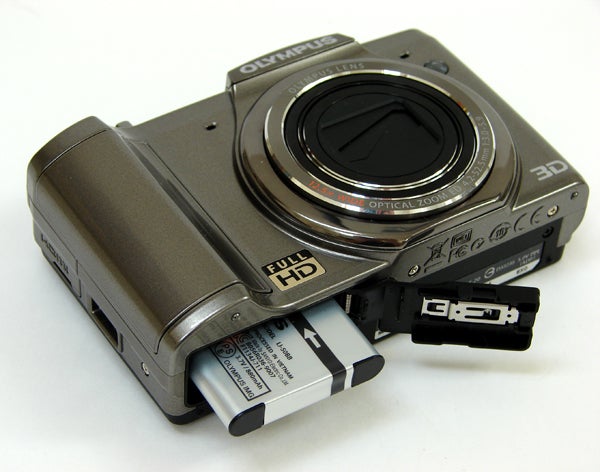
Like the Canon SX220 HS and Nikon S9100, the Olympus features a pop up flash, here located directly above the lens. As with the Nikon it also has to be manually raised and there’s an adjacent lever for raising it provided on the top plate. This is a tad inconvenient but at least it doesn’t annoyingly pop up upon power up as on the Canon.
Like the S9100, the Olympus’ rechargeable lithium ion cell is charged in camera, with just a mains adapter and relevant USB lead provided out of the box. The camera can be alternatively recharged from your laptop if power fails when you’re not near mains power (and are forward thinking enough to have both the required lead and laptop with you at the time). For those looking to go wireless, compatibility with Eye-Fi media cards is offered; otherwise it’s regular SD, SDHC or SDXC as the optional storage media of choice.
Though we wouldn’t claim this is an option for photo enthusiasts – look to the Olympus XZ-1 for that – advanced face detection, pet detection, beauty mode and eight Magic Filters are on hand for a bit of image manipulating fun. The latter includes pop art, pin hole, drawing, fisheye, soft focus and new additions to the Olympus on-board effects range in ‘sparkle’ (twinkly reflections to shiny objects) and watercolour. Results are hit and miss and some work better than others, but at least they help raise the boredom threshold.
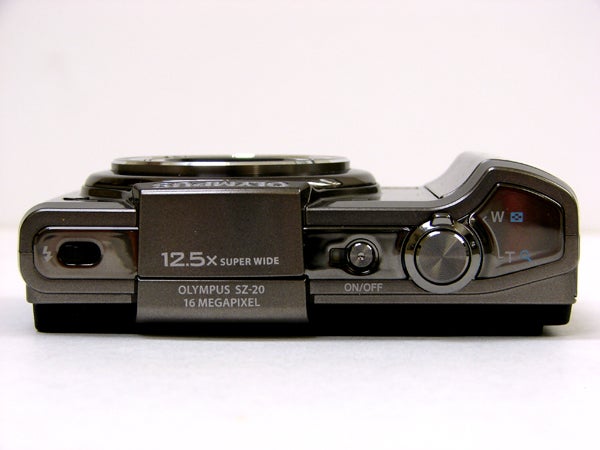
The above are among the shooting mode selections presented at the top of a toolbar located on the right side of the screen, in the absence of any dedicated mode button or wheel on the backplate. Also included on the same toolbar are flash, self timer, macro focus, exposure compensation, white balance, ISO and drive mode options. The Olympus user tabs down these options using the command pad-come-scroll wheel provided, which we found made for fiddly operation. Although you can move up and down this list pressing the upper or bottom edge of the pad, it’s very easy for the thumb to slip and for you to start scrolling instead, which means the camera inevitably ends up on an option not of your choosing. Frankly, this alone is enough to knock a mark off this cameras score.
Incidentally the other selectable shooting modes include Program Auto, subject recognising iAuto for point and shoot simplicity, scene modes, plus the aforementioned panorama and 3D shooting mode. A varied list of options that will prevent boredom setting in, as long as you can successfully navigate that scroll wheel and make an accurate selection.
A press of the top plate on/off button, slightly recessed into the top plate to prevent accidental activation and, provided date and time have been preset, the SZ-20 powers up in just under two seconds.
A half press of the raised shutter release button, which is ergonomically encircled by a lever for operating the optical zoom, and focus and exposure is determined nigh instantly. Press down fully to take your picture and, with little in the way of shutter delay, a maximum resolution JPEG is committed to memory in around three seconds, screen briefly blacking out and then freezing to display the captured image.
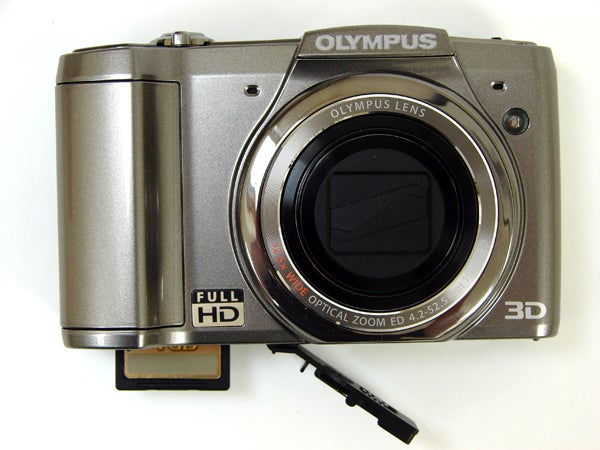
Nudge the zoom lever with a forefinger and that is also fast to respond, shifting from the maximum wide angle setting to maximum telephoto in around three seconds. Fortunately the zoom can also be used when shooting movies, but its movement is noticeably slower when filming, which isn’t a bad thing as it avoids those otherwise lurching transitions and unwanted zoom noises.
The camera offers a respectable light sensitivity range starting out at a lower than most ISO80 and topping out at a standard though respectable ISO3200. Take a look for yourselves at our sample shots to see how well the camera responds, but up to and including ISO1600 the results are more than acceptable, which is arguably all you can really hope for from a point and shoot snapper. The Olympus has some issues with auto white balance performance shifting slightly from shot to shot, but generally we were pleased with the results.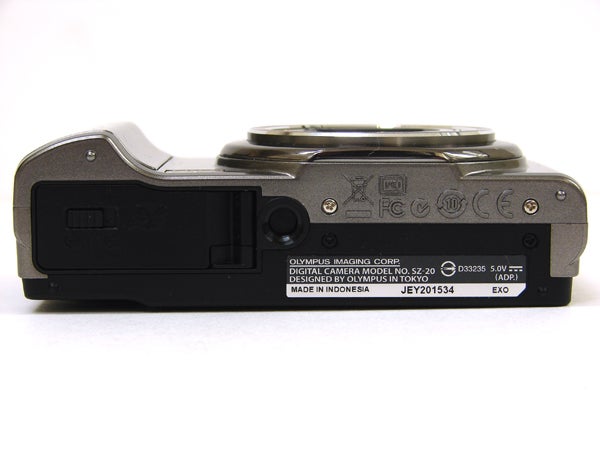
For more general photography there is some evidence of corner softening when shooting at maximum 24mm equivalent wide angle setting and we sometimes had to attempt two or three captures of the same subject at maximum 300mm equivalent telephoto to prevent hand wobble blurring the image, but if you’ve the patience this Olympus can deliver the goods. That’s not to say there aren’t better and more consistent travel zooms out there – the Nikon Coolpix S9100 for us has the edge for image quality, and the Canon SX200 HS is better for shot to shot consistency. The SZ-20 isn’t a bad camera by any means but apart from a noise free performance at upper ISOs and fun effects achievable with the Magic Filters if used in moderation, it doesn’t particularly excel.
”’Verdict”’
The Olympus SZ-20 is one of the more affordable travel zooms out there and for the more demanding of photographers this will be noticeable in the quality of its images. In broad daylight we struggled to get a sharp result at maximum telephoto – each subject benefitting from two or three attempts before we were approaching satisfied. If you are patient and considered in your photographic approach then fair enough, but it can be frustrating if going for that spur-of-the moment shot. In general terms too the images from the SZ-20 were a little soft for our tastes and lacking in contrast unless we opted for one of the fun Magic Filters, though of course this can to an extent be tweaked in Photoshop later. We got more consistent results from the SX220HS we were testing alongside it however, and those from the S9100 and TZ20 are generally sharper and more colourful still. So, unfortunately, the SZ-20 wouldn’t be our first choice for a reliable auto everything travel zoom unless we were limited to a tight budget.
On paper undeniably the SZ-20 looks like a good option, packing in a usefully broad if not quite class leading focal range, high resolution stills, plus Full HD video, fun Magic Filters and 3D shooting capability. But in practice it falls short of what it could be.
The Olympus SZ-20 offers a light sensitivity range starting out at a lower than user selectable ISO80 and topping out at now standard issue ISO3200. Further expanding the selectable options we also get both Auto ISO and automatic High ISO settings. Let’s see how the SZ-20 gets on with our standard test set up, shot using a tripod, available light at the highest JPEG resolution and utilising auto white balance.
ISO 80

The lowest setting on the SZ-20 is ISO80, coincidentally also the option the camera itself chose when we tried both its Auto ISO setting. The High ISO option went for ISO320 instead. As we’d expect there’s no noise visible anywhere in the image
ISO100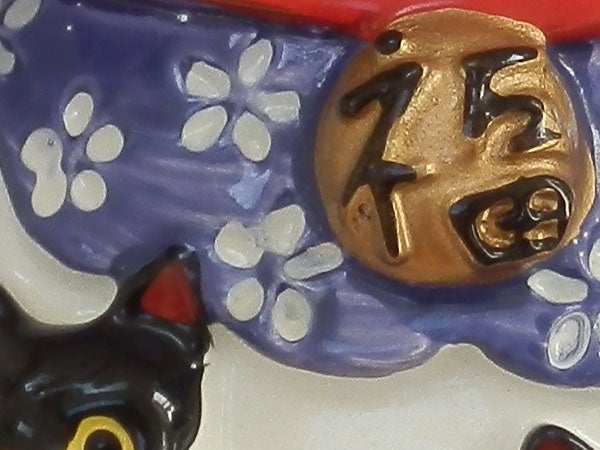
Up a notch at ISO100 and there’s barely any difference between this and the preceding image
ISO 200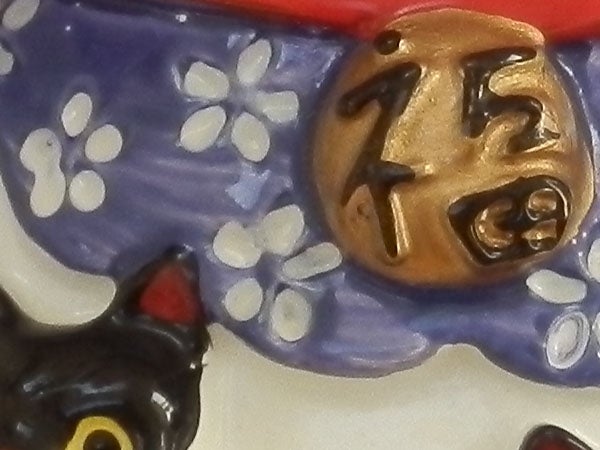
At ISO200 and all is still well with the SZ-20’s performance; again no image noise to report though white balance has subtly shifted and there is a warmer look to the image
ISO 400
We’re at ISO400, the setting at which noise begins to creep into shadow areas on lesser compacts. Again though we’re hard pressed to notice any difference between this setting and ISO200
ISO 800
At ISO800 there’s a subtle softening of overall detail which has again kept image noise at bay – with a slightly sandy look creeping into shadow areas, but only on really close inspection
ISO 1600
At ISO1600 shadow detail is beginning to take on a speckled appearance – which ironically makes for a slightly sharper looking image than ISO800 under close inspection. In any event we’d be happy to continue shooting at this setting.
ISO 3200

The top setting of ISO3200 and as well as a warm look to the shot there’s a more obvious smoothing effect as well as a slight colour shift compared with the previous images. Overall though if sticking to ISO1600 or below you won’t find much fault in the SZ-20’s lower light performance
A more general selection of test shots are revealed on this page and next to act as an evaluation of the Olympus SZ-20 in a variety of shooting conditions.

This extreme wide angle composition, shot at 24mm equivalent, shows the coverage possible with the Olympus. While detail is generally good and we are impressed with the colour tones straight out of the camera, to pick holes there is some softening towards the corners, but this is only really noticeable upon close inspection

By comparison an image shot handheld from the same vantage point but now at the telephoto end of the zoom to display the breadth of the focal range. A little softer, but again this is no surprise

Our regular rusty gate shot taken from a 100 yards or so back and toward the telephoto end of the zoom. There’s sufficient detail here to display the flaky paint and rusting metal and once again the colours and exposure are spot on
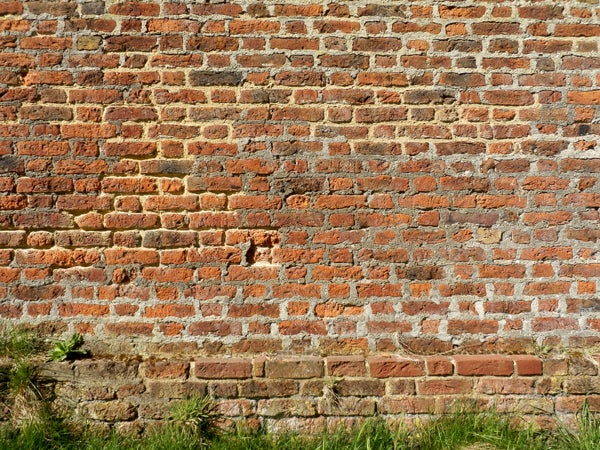
Whilst not the most visually stimulating of subject matter, here’s another example of the level of crispness achievable with the SZ-20’s lens and sensor combo, and at maximum wideangle this time. This shot has benefitted from a slight tweak to contrast to bring out the intricacies of the brick work

An example of the quality achievable when shooting automatic panoramas with the Olympus; the end result has a low resolution look and feel and there is some overlap where the tree branches haven’t quite synched up.
Here are some more general test shots taken with the Olympus SZ-20 – in effect a ‘best of’ – to give an idea of performance when it comes to image quality, dynamic range, colour rendition and the focal range provided.

Shot at maximum zoom when using the camera handheld, again this is a little softer than we might have liked but when it’s the case of getting that spur of the moment shot or losing it, we’re prepared to live with that

With two or three goes when shooting handheld at maximum telephoto you can strike lucky however – as with this compliantly posing duck. Again it could be sharper still, but having said that the degree of detail captured here isn’t bad at all
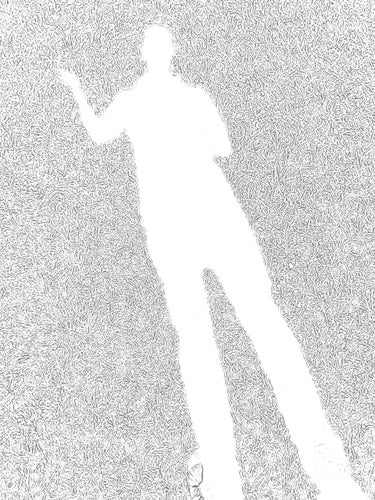
Here’s an example of the result of applying one of Olympus’ Magic Filters – in this instance ‘Drawing’, which creates an etching like appearance. For us this seemed to work best for subjects that inherently possessed a lot of detail (here a shadow falling over a grassy lawn), otherwise it appeared as if someone had been at work with an eraser on sections of our image

Choose your subject carefully and the magic filters can provide subtle enhancements to your subject matter without lending it an unrealistic appearance. Here pop art was selected to boost the natural colours, an effect that can otherwise at times lead to a rather garish look
Trusted Score
Score in detail
-
Value 8
-
Design & Features 7
-
Image Quality 7
Features
| Camera type | Super Zoom |
| Megapixels (Megapixel) | 16 Megapixel |
| Optical Zoom (Times) | 12.5x |
| Image Sensor | 1/2.3-inch CMOS |
| Optical focal length | 24-300mm in 35mm terms |
| Shutter speed | 1/4 - 1/2000 s / < 4 s (Night scene) |
| Auto focus | iESP, Face Detection AF, Spot, AF Tracking |
| Manual focus | No |
| Max output resolution | 4608 x 3456 |
| Other resolutions | 3264 x 2448, 2560 x 1920, 2048 x 1536, 1600 x 1200, 1280 x 960, 640 x 480, 4608 x 2592, 1920 x 1080 |
| Focus range | 0.1m - ∞ (wide) / 0.9m - ∞ (tele) |
| Image Stabilisation | Sensor Shift |
| ISO settings | Auto, ISO 80, 100, 200, 400, 800, 1600, 3200 |
| LCD Monitor | 3in, 460k dots |
| Viewfinder | No |
| Flash range | 0.1 - 5.7 m (ISO 1250) wide, 0.6 - 2.9 m (ISO 1250) tele |
| Flash modes | AUTO, Red-eye reduction, Fill-in, Off |
| Video (max res/format) | 640 x 480 |
| Memory card slot | SD, SDHC, SDXC, Eye-Fi |

